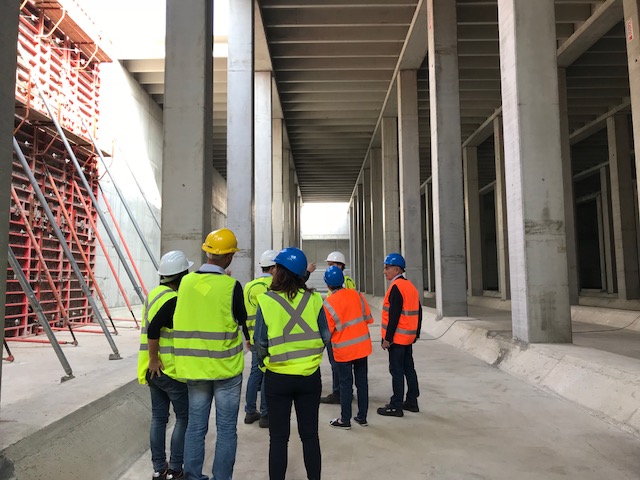The intensification of the effects of climate change like water bombs, intense rainfall occurring shortly after one another with damage and inconvenience to people and things in an area, like Brianza, among the most urbanised and populated in Italy, is causing a contraction in the capacity of soils and sewers to absorb and retain water.
In this context, BrianzAcque has placed the correct management of rainwater at the centre of its objectives in the field of environmental policies and urban safety since 2014. This commitment was empowered in 2017 after the Lombardy Region introduced the principle of hydraulic and hydrological invariance. These three words can be summarised as the desire to reduce the impact of rainwater caused by new land transformation activities through virtuous actions, the reuse of water resources and the restoration of natural cycles.
This legislation, addressed to the municipalities that are called upon to draw up special studies for the management of hydraulic risk, has been implemented by BrianzAcque that, leveraging its expertise and know-how developed in the sector, in agreement with the ATO of Monza and Brianza, has taken on the task of drawing up the studies on behalf of 53 municipalities in the reference basin, all of which, none excluded, are classified as being in a highly critical hydraulic zone.
After setting up an internal team of dedicated professionals, with the support of INU, (the National Institute of Urban Planning) and the departments of three Lombardy universities, it signed an agreement with the Order of Engineers of Monza and Brianza in November 2020. In fact, the pact translates into the establishment of a permanent technical table on the issues of hydraulic invariance and new urbanisation works. A working group in progress to act as a point of reference for the municipalities of the province and for professionals, standardising procedures, promoting training events, a shared and participated understanding also aimed at creating a culture for the hydraulic risk.
The municipal hydraulic risk management studies that municipalities are required to arrange include a mapping of the current hydraulic risk conditions of the territory, deriving both from watercourses and from the sewerage network, and illustrate the decisive measures identified to control and reduce the risk conditions. Lastly, the results of the study must be incorporated in the individual Local Government Plans (PGT).
In general, the verification of hydraulic invariance implies that the flow of water generated by a redevelopment and/or urban modification is less than or at most equal to that generated by the pre-existing situation, and that it respects the maximum values imposed by the regulations and by the managing body of the watercourse or sewerage network. The activity is carried out by the BrianzAcque team, made up of professionals from the Design and Territorial Planning Sector with the technical-scientific, methodological and research support of INU and the universities of Milano Bicocca (Department of Environmental and Earth Sciences); University of Brescia (Department of Civil Engineering, Architecture, Territory, Environment and Mathematics) and University of Milan (Department of Agricultural and Environmental Sciences, Production, Territory and Energy), and involves the collection and analysis of data, the construction of a digital land model, and the execution of surveys of the territory and water networks. More: the implementation of the mathematical-hydraulic model; the analysis of the actual state with the identification of flooding areas, the preliminary ideas for structural measures and the definition of remedial actions.








